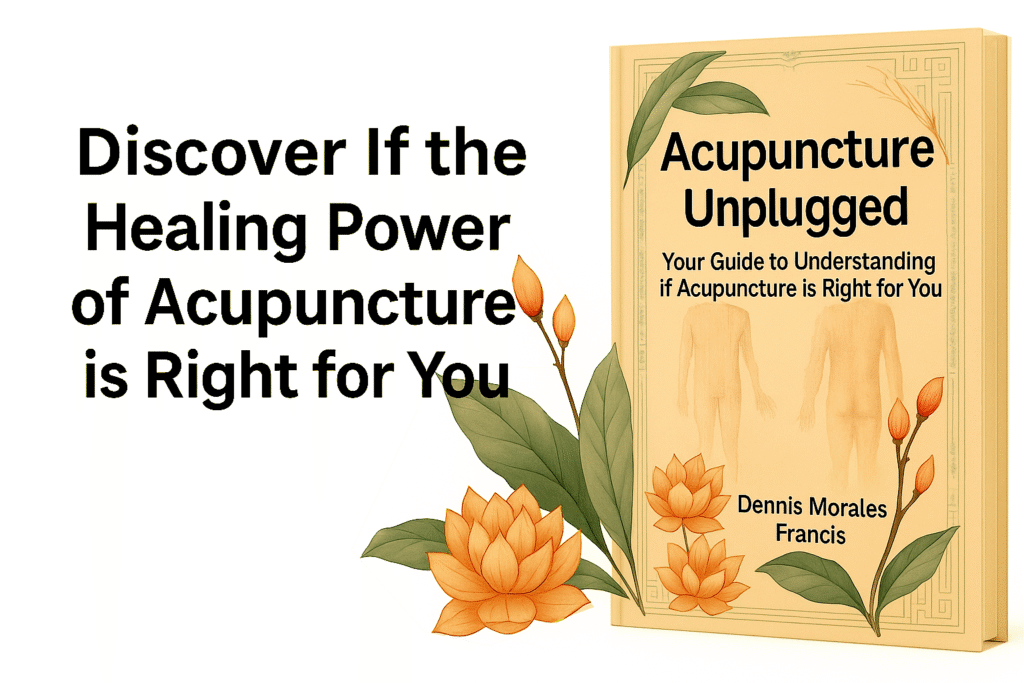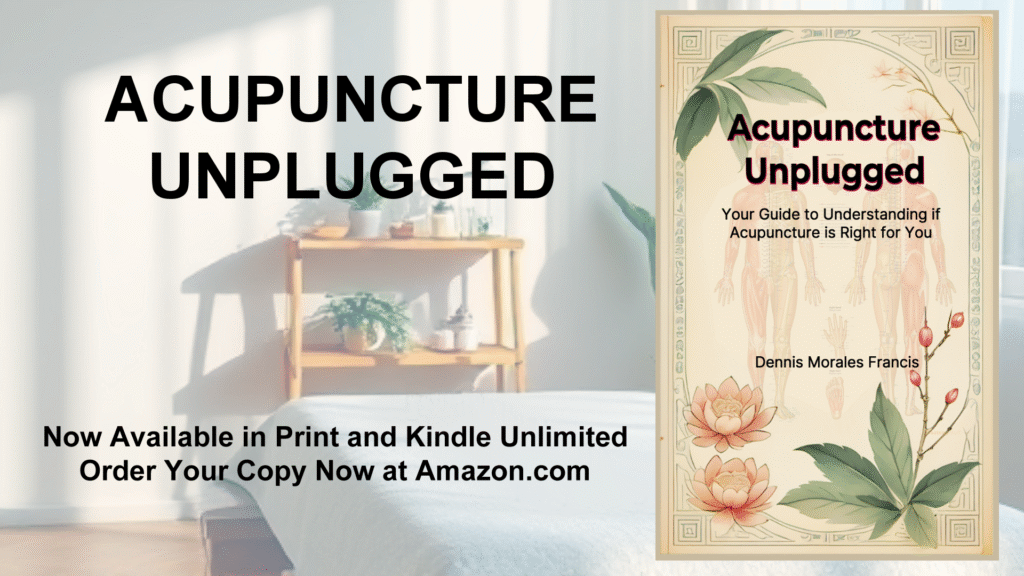The Ultimate Guide to Organic Skincare for Sensitive Skin
Finding the right skincare routine can be challenging, especially if you have sensitive skin. Organic skincare offers gentle yet effective solutions for those who react to conventional products. This comprehensive guide will help you navigate the world of natural ingredients and develop a skincare regimen that calms and nourishes your sensitive skin.
Understanding Skincare Needs for Sensitive Skin
Effective skincare begins with understanding your skin’s unique needs. Sensitive skin typically reacts with redness, irritation, or discomfort when exposed to certain ingredients or environmental factors. This reactivity stems from a compromised skin barrier that allows irritants to penetrate more easily.
Those with sensitive skin often experience symptoms like stinging, burning, itching, or excessive dryness. These reactions can be triggered by weather changes, fragrances, preservatives, or even stress. Recognizing these triggers is the first step toward developing an appropriate skincare routine.
When selecting skincare products, simplicity is key. Products with fewer ingredients minimize the risk of reactions and make it easier to identify potential triggers if a reaction does occur.
Benefits of Organic Skincare for Sensitive Skin
Organic skincare for sensitive skin offers numerous advantages over conventional alternatives. These products typically avoid harsh chemicals, synthetic fragrances, and preservatives that commonly trigger reactions in sensitive skin types.
Natural formulations often contain ingredients that work with your skin’s natural processes rather than disrupting them. Plant-based oils and extracts provide gentle yet effective cleansing, hydration, and protection without stripping away essential moisture.
Additionally, many organic brands prioritize environmentally friendly practices and sustainable sourcing, allowing you to care for both your skin and the planet. These ethical considerations add value beyond the immediate benefits to your skin’s health.
Key Differences Between Organic and Conventional Products
Understanding what sets organic skincare apart can help you make informed choices for your sensitive skin:
- Organic products avoid synthetic pesticides and fertilizers in their ingredient sourcing
- They typically contain fewer preservatives and no synthetic fragrances
- Certification standards (like USDA Organic or COSMOS) ensure ingredient quality
- Natural ingredients often provide additional nutrients and antioxidants
Essential Anti-inflammatory Ingredients for Calm Skin
Anti-inflammatory ingredients form the cornerstone of effective skincare for sensitive complexions. These gentle components help reduce redness, soothe irritation, and strengthen your skin’s natural barrier over time.
When shopping for products, look for these proven anti-inflammatory ingredients that benefit sensitive skin:
- Aloe Vera: Contains compounds that reduce inflammation and promote healing
- Chamomile: Rich in apigenin, which calms irritated skin
- Calendula: Soothes inflammation and supports skin repair
- Oat Extract: Creates a protective barrier and relieves itching
- Green Tea: Provides potent antioxidants that fight inflammation
These natural ingredients work gently yet effectively to address the root causes of skin sensitivity. Incorporating products containing these components can significantly improve your skin’s comfort and appearance.
How Anti-inflammatory Ingredients Work
Anti-inflammatory ingredients function through multiple mechanisms to soothe sensitive skin. They neutralize free radicals, inhibit inflammatory pathways, and support your skin’s natural repair processes.
Many plant extracts contain flavonoids and polyphenols that regulate immune responses in the skin. These compounds prevent excessive inflammation while allowing normal healing to occur, creating balanced skin function.
Regular use of these ingredients gradually strengthens your skin’s protective barrier, making it less reactive to environmental triggers over time. This cumulative effect leads to long-term improvements in skin sensitivity.
Botanical Extracts That Heal and Protect
Beyond basic anti-inflammatory ingredients, certain botanical extracts offer exceptional benefits for sensitive skin. These specialized plant compounds provide targeted solutions for specific sensitivity issues.
Consider incorporating these powerful botanical extracts into your skincare routine:
- Centella Asiatica (Tiger Grass): Accelerates wound healing and strengthens the skin barrier
- Sea Buckthorn Oil: Rich in omega fatty acids that repair damaged skin
- Licorice Root Extract: Contains glabridin, which reduces redness and hyperpigmentation
- Cucumber Extract: Provides cooling relief and natural hydration
- Evening Primrose Oil: Contains gamma-linolenic acid that reduces inflammation
These botanical ingredients have been used for centuries in traditional medicine systems worldwide. Modern research continues to validate their effectiveness for sensitive skin conditions.
The Importance of Patch Testing Protocol
Even with organic products, patch testing remains essential for those with sensitive skin. This simple procedure helps prevent potentially severe reactions by testing products on a small area before applying them to your entire face.
Follow this patch testing protocol when introducing new skincare products:
- Apply a small amount of product to the inside of your wrist or behind your ear
- Cover the area with a bandage and leave for 24 hours
- Remove the bandage and observe for any signs of irritation (redness, itching, swelling)
- If no reaction occurs, test the product on a small area of your face for another 24 hours
- Only after passing both tests should you incorporate the product into your regular routine
Taking the time to patch test prevents potentially painful reactions and saves money by avoiding products that won’t work for your skin. This methodical approach is particularly important for those with multiple sensitivities.
Common Reaction Signs to Watch For
During patch testing, be vigilant for these potential signs of sensitivity:
- Redness or flushing that persists for hours
- Burning, stinging, or itching sensations
- Swelling or raised bumps
- Excessive dryness or flaking
- Warmth in the application area
If you experience any of these symptoms, discontinue use immediately and cleanse the area with cool water. Document the product and its ingredients to help identify patterns in what triggers your skin.
Building Your Organic Skincare Routine
Creating an effective organic skincare routine for sensitive skin requires a thoughtful, minimalist approach. Start with essential steps and gradually add products as your skin adjusts.
Begin with these fundamental elements:
- Gentle Cleanser: Choose sulfate-free formulations with minimal ingredients
- Alcohol-Free Toner: Look for options with soothing botanicals
- Simple Moisturizer: Select products containing natural humectants and barrier-supporting oils
- Mineral Sunscreen: Opt for zinc oxide or titanium dioxide-based protection
Introduce new products one at a time, waiting at least two weeks before adding another. This methodical approach allows you to clearly identify which products benefit your skin and which may cause reactions.
Adjusting Your Routine Seasonally
Sensitive skin often requires seasonal adjustments to maintain comfort and health throughout the year. Environmental factors like temperature, humidity, and UV exposure significantly impact skin sensitivity.
During winter months, increase hydration with richer moisturizers and protective balms. Summer may require lighter formulations and increased sun protection. Spring and fall transitions often benefit from gentle exfoliation to remove buildup without triggering reactions.
Listen to your skin’s changing needs and be willing to simplify your routine during flare-ups. Sometimes, taking a step back allows your skin barrier to recover and strengthen naturally.
Embracing Natural Beauty Through Organic Skincare
Adopting an organic skincare approach for sensitive skin involves patience and attentiveness. Through careful ingredient selection and consistent practices, you can develop a routine that respects your skin’s boundaries while supporting its natural functions.
Remember that skin sensitivity can fluctuate with hormones, stress, diet, and environmental factors. Maintaining a journal of your skin’s responses helps identify patterns and refine your approach over time.
By choosing organic skincare formulated with anti-inflammatory ingredients and healing botanical extracts, you’re not just addressing immediate sensitivity concerns—you’re investing in your skin’s long-term health and resilience.


























